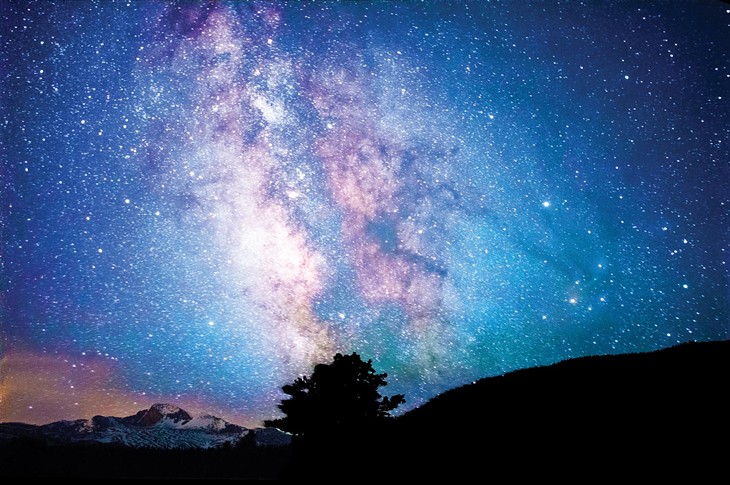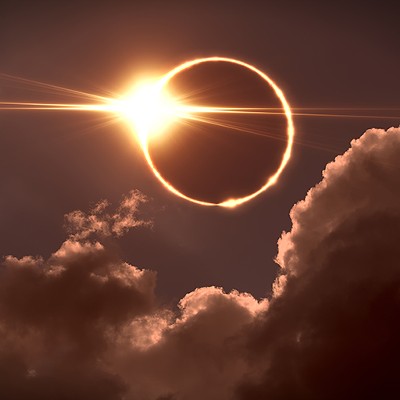Jiminy Cricket was wrong. When you wish upon a star, it does make a difference who you are.
Okay, maybe that’s a trifle harsh. The whens and the wheres, though, are vital bits of info for all of us celestially curious if we mean to catch that next eclipse or planetary alignment. We’re here to tell you all about what the heavens have in store for September. Looking for a fun, educational, and socially distanced activity to experience with your closest folks, no special optical equipment needed? Well strap yourselves in, space cadets... We’re taking off.
Let’s start big. Of all the interestingly named full moons of the year, the “harvest moon” of the autumnal equinox is almost certainly the most well-known, so called for its traditional usefulness in brightly lighting the fields soon after sunset during the reaping season of the summer crops in Earth’s Northern Hemisphere. Right as the days of the year begin to shorten, the harvest moon came along in time to offer the farmers of yore quite a bit more light through the night to assist in pulling in their yield. This astoundingly big, bright lunar show begins at sundown on Sept. 19, continuing through the equinox on Sept. 20, and following through to the night of Sept. 21 (fickle Oklahoma cloud cover permitting, of course).
The September sky holds more than this. From our earthly perspective, planets will be cozying up to the moon. Right after the new moon on Sept. 6 and 7 (new moons occur when the moon is located with the sun on the other side of the Earth at night, allow- ing for a much darker sky and a clearer view of the stars and planets), our sister planet Venus appeared only about four degrees away from the waxing crescent of the moon. Planets don’t twinkle like stars, but rather emit a constant and
unwavering light, making Venus–the brightest regular object in our night sky aside from the moon–super-easy to spot, shining unmistakably alongside our lone natural satellite. On Sept. 16 and Sept. 17, respectively, expect to see the more distant gas giants Saturn and Jupiter in similar close proximity to the moon. Though waning, the moon will be gibbous at this time of the month and significantly brighter, though both far-flung yet enormous planets will still be observable with nothing but the naked eye. Think mid- night-ish for best viewing.
Eager to explore farther into the nighttime heavens? Several phone apps are out there to serve your star-gazing needs and wants. My favorite, Star Chart by developer Escape Velocity Limited, is free to download in its lite version, user-friendly, offers a simple point-and-look interface, and provides scads of info on stars, planets, moons, and constellations, regardless of time of day or night. Never has it steered me wrong.
Get outside and get to viewing these awe-inspiring heavenly delights. Here’s to clear skies, and happy wishing.








